Asclepias verticillata has extremely fine foliage, the likes of which blends in with Amsonia hubrichtii, Coreopsis verticillata or Coreopsis rosaea. This is one of the more commonly available native milkweed species that people seem to forget exists. You’re more likely to see common milkweed, swamp milkweed or butterfly milkweed than whorled milkweed. Once mature, the tall, airy stems will be topped with clusters of all-white milkweed blooms.
Find whorled milkweed in the wild
Habitats include upland prairies, sand prairies, gravel prairies, hill prairies, openings in rocky upland forests, sandy savannas, limestone glades, rocky bluffs along major rivers, bluegrass meadows, pastures and abandoned fields, grassy slopes along highways, and waste areas. Whorled Milkweed is a pioneer species that prefers open disturbed areas. (Source)
Grow whorled milkweed in your garden
This likes similar conditions to orange butterfly milkweed, preferring full sun, well drained sites. Also, like butterfly milkweed, it has a deep taproot that does not tolerate transplanting very well. Full sun is where they thrive, though in my experience they can tolerate part sun and even light shade, which slows down their growth. The most important part is that they aren’t sitting in water, especially over the winter months, which can cause root rot. I do not water these or the other dry-loving species on a daily basis, even in pots in the nursery. For the most part, they just wait for the next rainy day. I wait to see if they’re starting to droop before I give them more water, and so far, that hasn’t happened yet. As you can see in the photo, they’re absolutely thriving in the heat and sun.
If the herbivores are devouring your garden, this is one of the least likely to be picked off. Even if they eat other milkweeds, this one is one of the more toxic milkweed species.
I opted to tag this as “Easy Come, Easy Go” due to the fact that proper siting is really important. If you plant it in too wet a location or do not consider moisture levels during the winter months, it will not make it to the following year. When in doubt, plant it on a slightly raised bed, berm, or even in a tall container that can remain outdoors through winter.
Judgy Judy says…
This is too pretty to be a weed, even when it’s not in bloom. Not aggressive at all. HOA will be too busy hounding other homeowners to water their pitiful wilting gardens. Planting drought-adapted species like this, you can keep HOA happy and your water bill low (at least when it comes to garden beds, no help with the lawn).

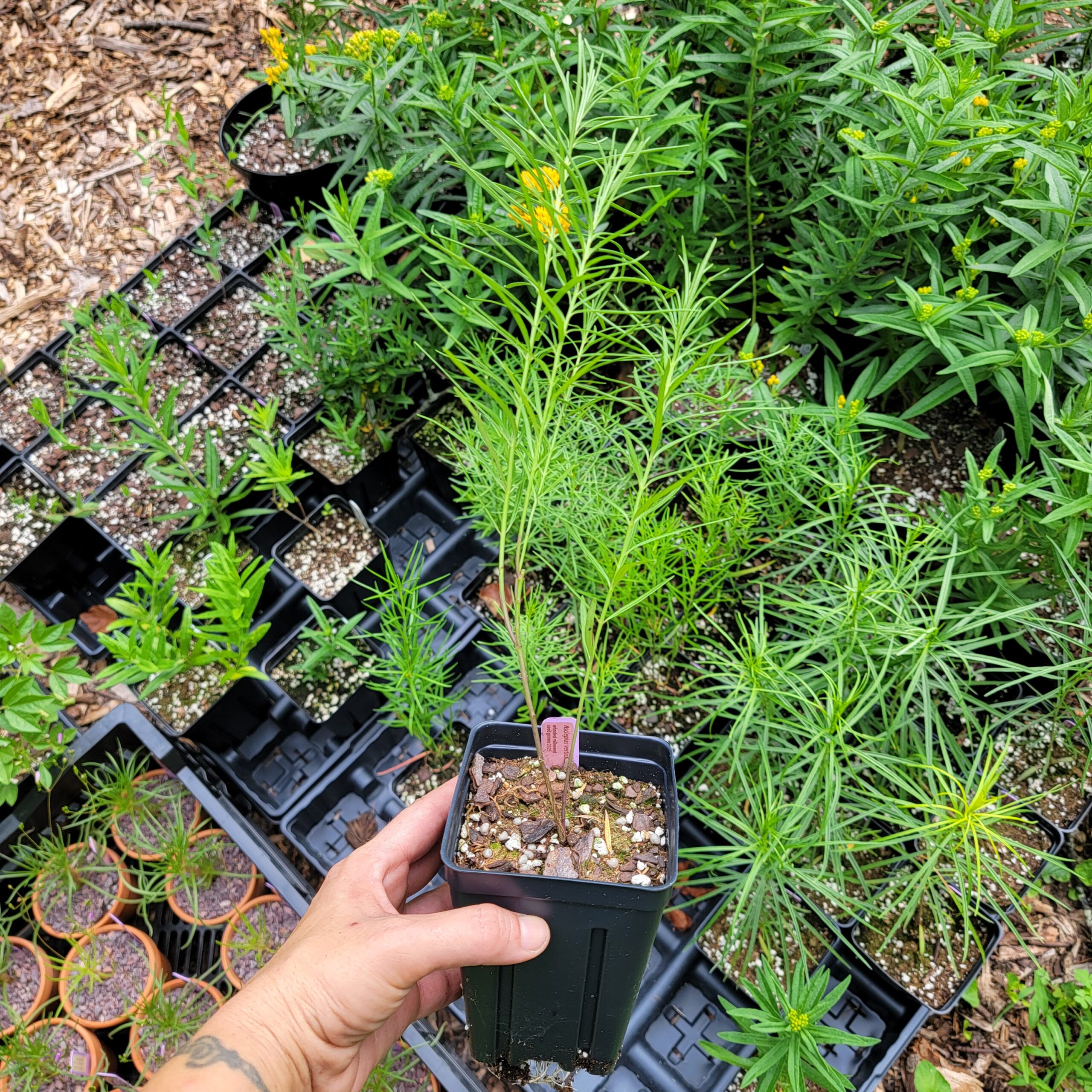


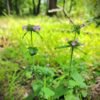

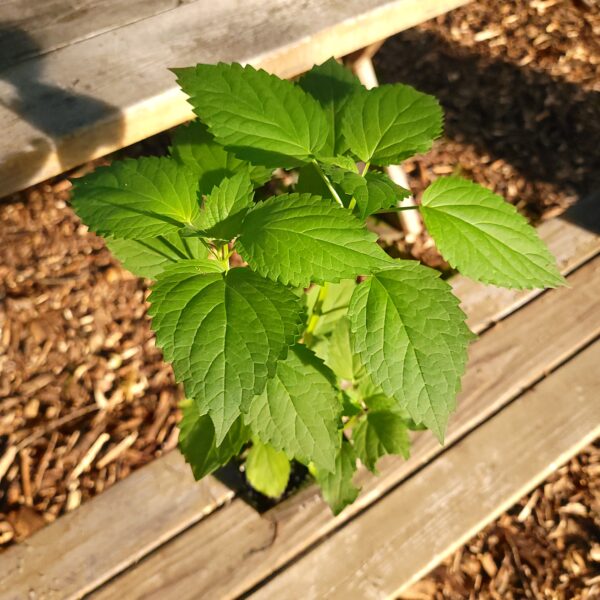

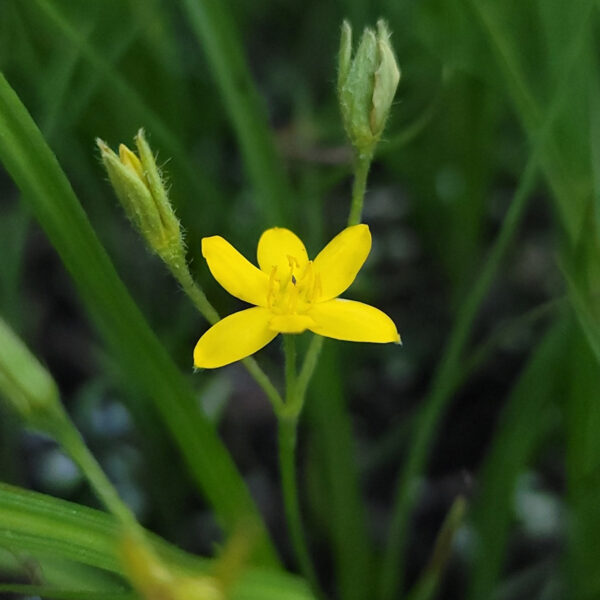
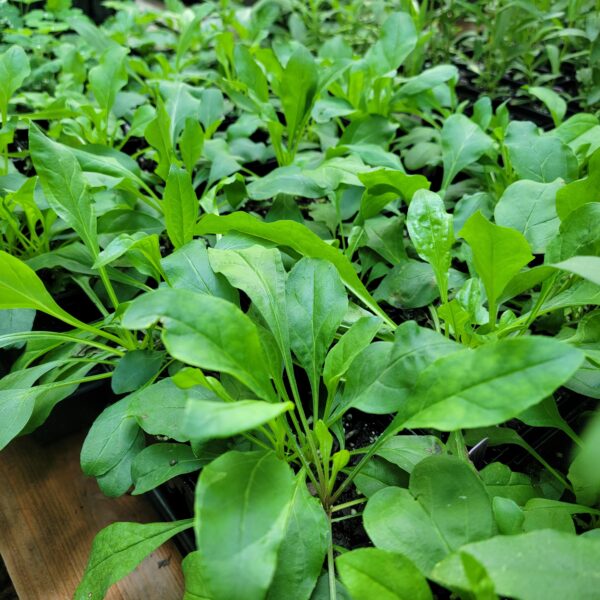
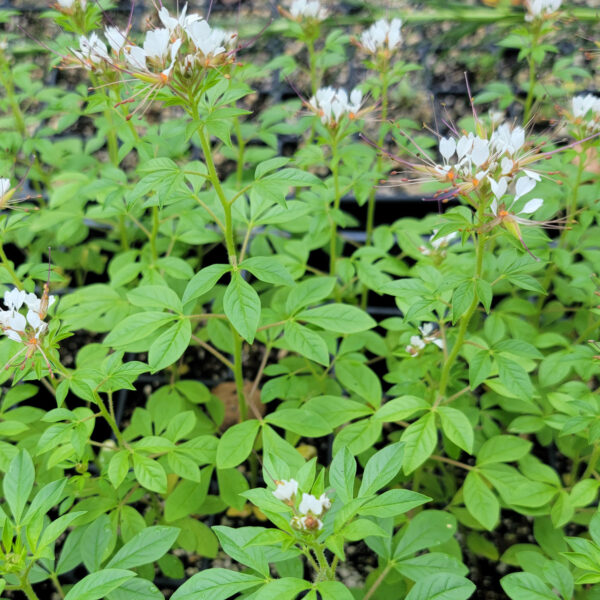



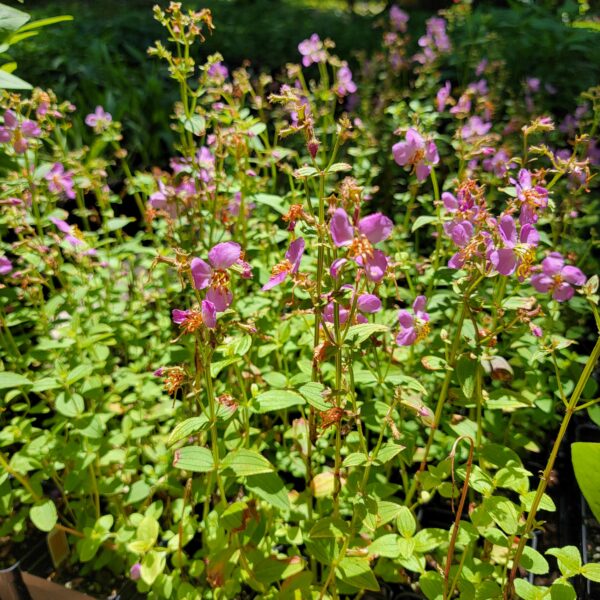
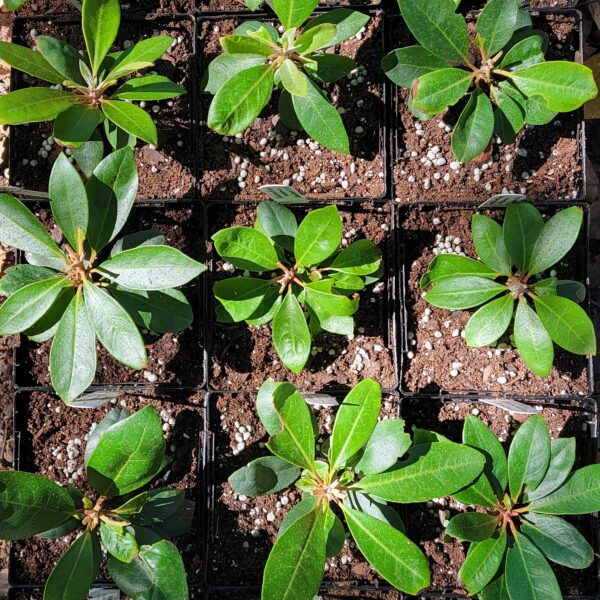
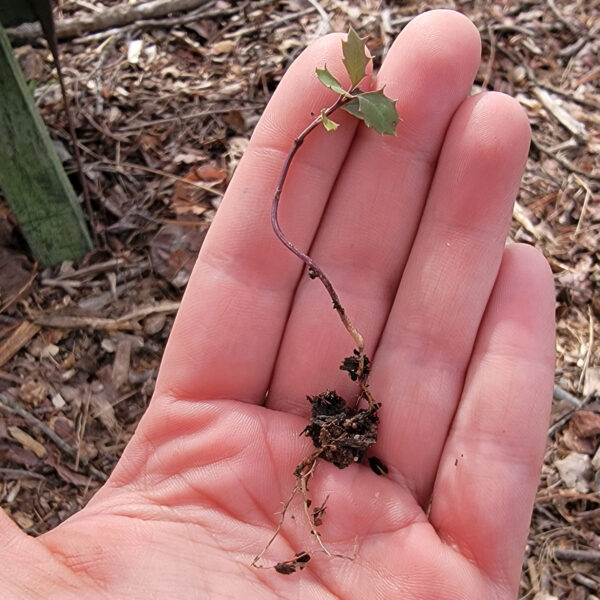

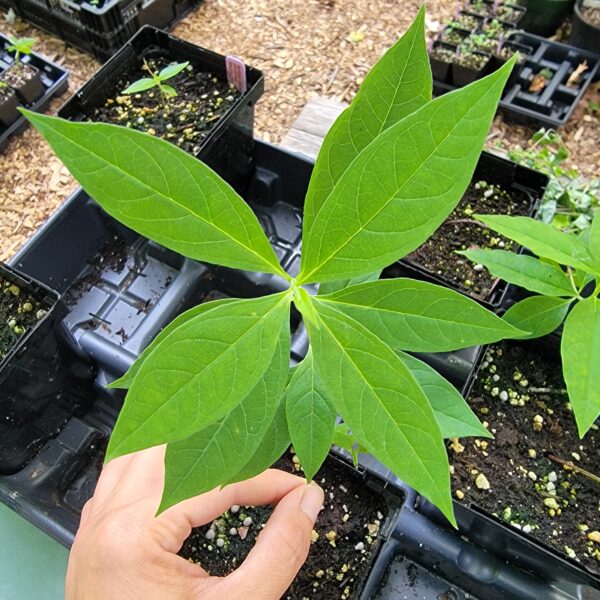
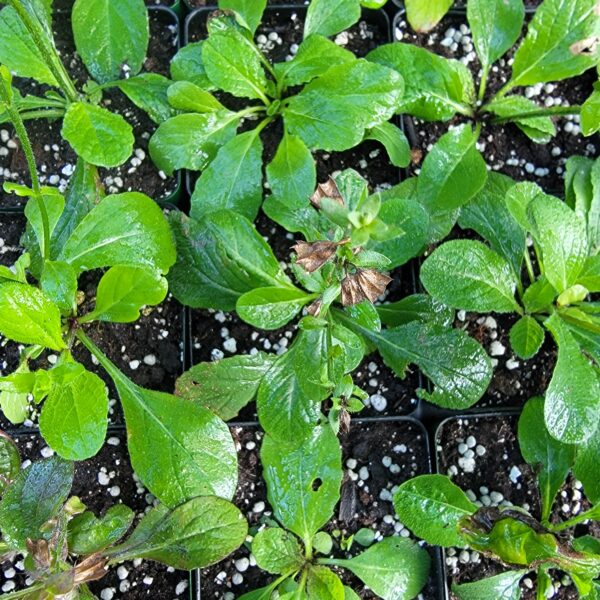
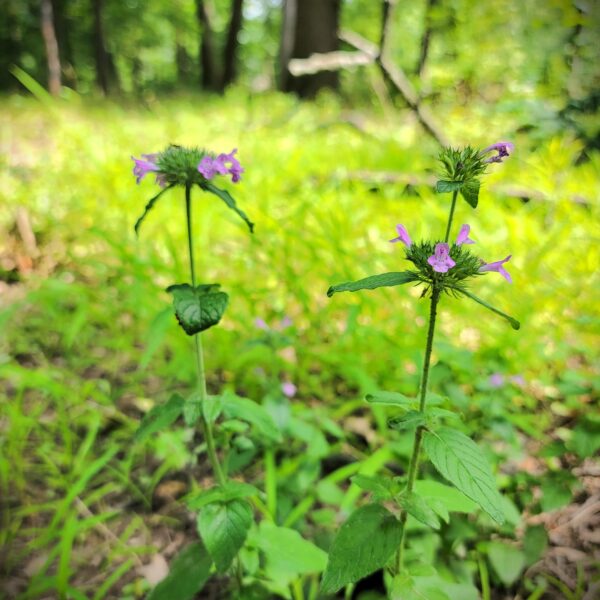




Reviews
There are no reviews yet.